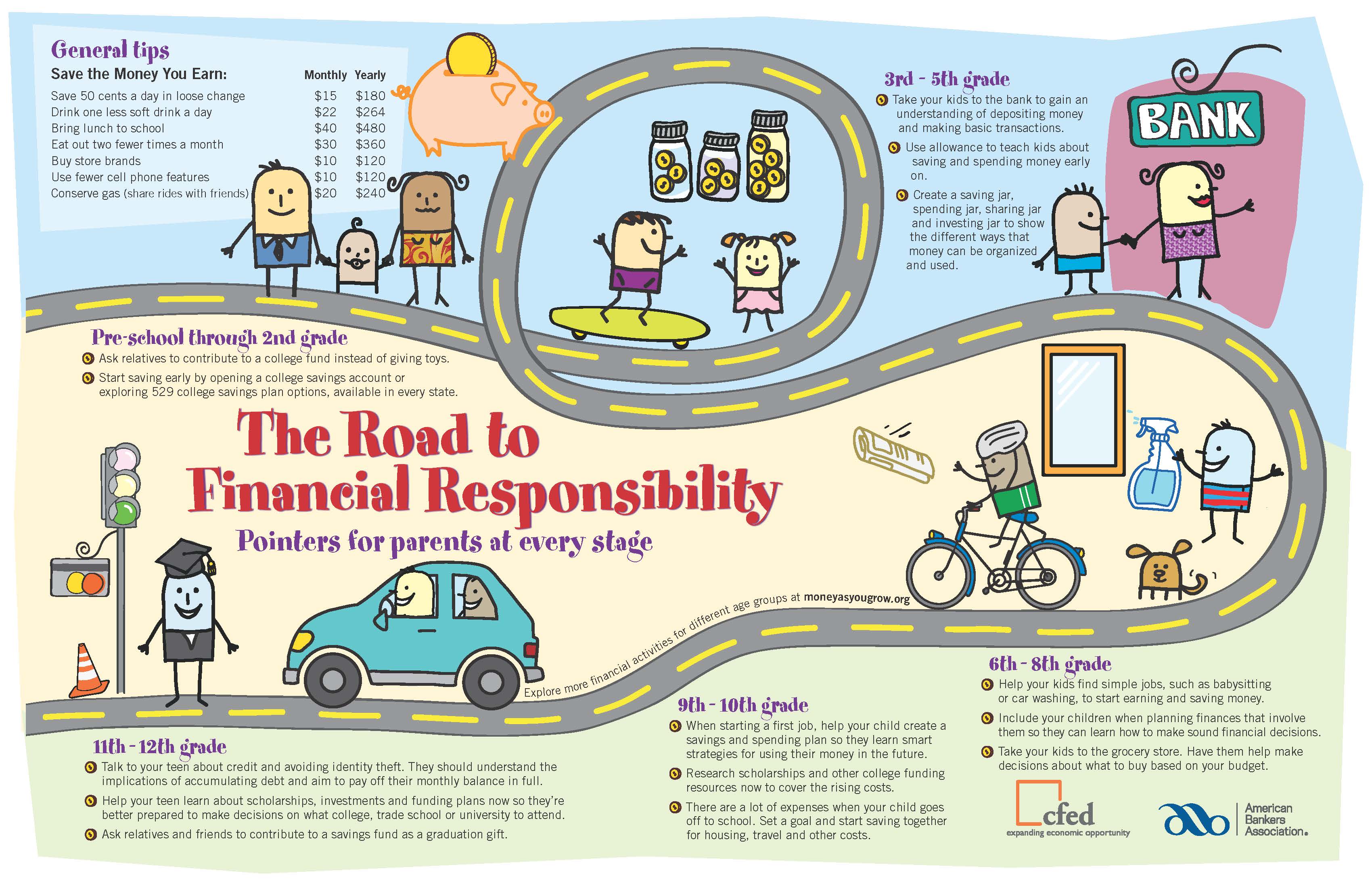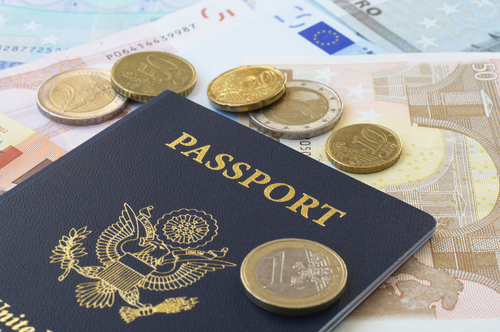Using a HELOC to Pay Off High-Rate Debt. Is it a Good Idea?
Homeowners might wonder whether it’s a good idea to tap their home equity, or the market value of the property minus what is still owed on it, to pay down other types of debt, especially high-interest credit card balances.
Homeowners might wonder whether it’s a good idea to tap their home equity, or the market value of the property minus what is still owed on it, to pay down other types of debt, especially high-interest credit card balances.
One way to do this, using a home equity line of credit, is growing in popularity — more than $120 billion in HELOCs were created in 2014, an increase of about 22% over the previous year.
How a HELOC works
A HELOC, or home equity line of credit, is a bit like a second mortgage since your home serves as the collateral for the loan. However, a HELOC is a form of revolving debt, like a charge account, in that you’re able to withdraw money up to an approved limit, using a card or check, repay it and draw it down again. Since it’s secured, a HELOC usually has a much lower interest rate than the average credit card or a personal loan. You pay interest only on the amount you take out, and what you pay is often tax-deductible* on HELOCs up to $100,000.
Most lenders limit how much of your home’s value you can borrow. If your house is appraised at $400,000, you could borrow as much as $320,000 on it, including the first mortgage, at an 80% debt-to-value cap. So if your mortgage balance is $250,000, your home equity is $150,000, but the maximum you could borrow on that would be $70,000.
If you have significant debt, say, on a credit card with a 15% interest rate, a HELOC might seem like an easy solution. You could save on interest costs and lower your monthly payments. But proceed carefully. Unless you’re certain you have a stable plan for keeping up your payments, you could be putting your home at risk as a short-term solution to a financial jam.
Fees and risks to consider
Before you go too far, find out what obtaining a HELOC from your lender would cost — it might be substantially more than taking out a personal loan, for instance. A HELOC might require an application fee, property title search, an appraisal and attorney fees and even points, like on a mortgage. Lenders might waive some of these costs, but some also charge annual fees and withdrawal fees.
Most HELOCs have variable rates, so your monthly payments could go up or down periodically. Ask your lender how often the rate can be adjusted, and by how much. Some financial institutions offer fixed-rate HELOCs, but they might have higher initial interest rates than adjustable-rate credit lines.
Suppose your income drops unexpectedly, say from a job loss. If you were to default on unsecured credit card debt, the issuer wouldn’t be able to take possession of your property. But default on a HELOC and the lender could cause you to lose your home.
Using a lower-rate HELOC to pay down high-rate debt can be a savvy financial move as long as you fully understand all the costs and risks and have a stable plan for keeping up with your repayments.
*Please consult your tax advisor for questions.
© Copyright 2015 NerdWallet, Inc. All Rights Reserved
Interested in applying for a HELOC or other kind of loan? We can help. Start the loan process here.








